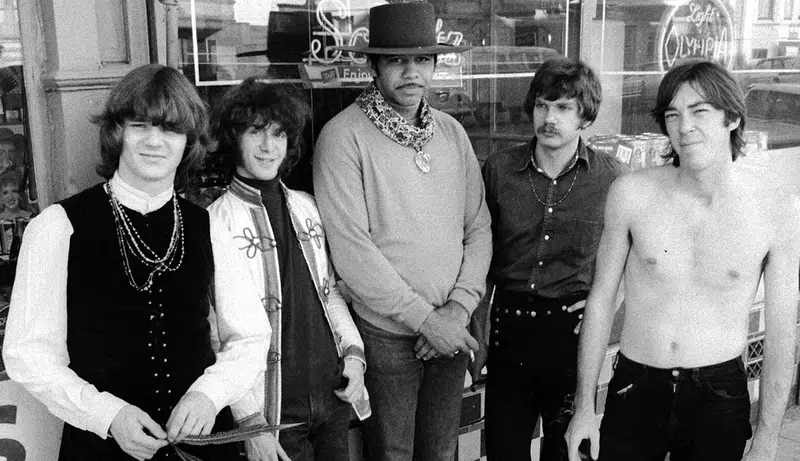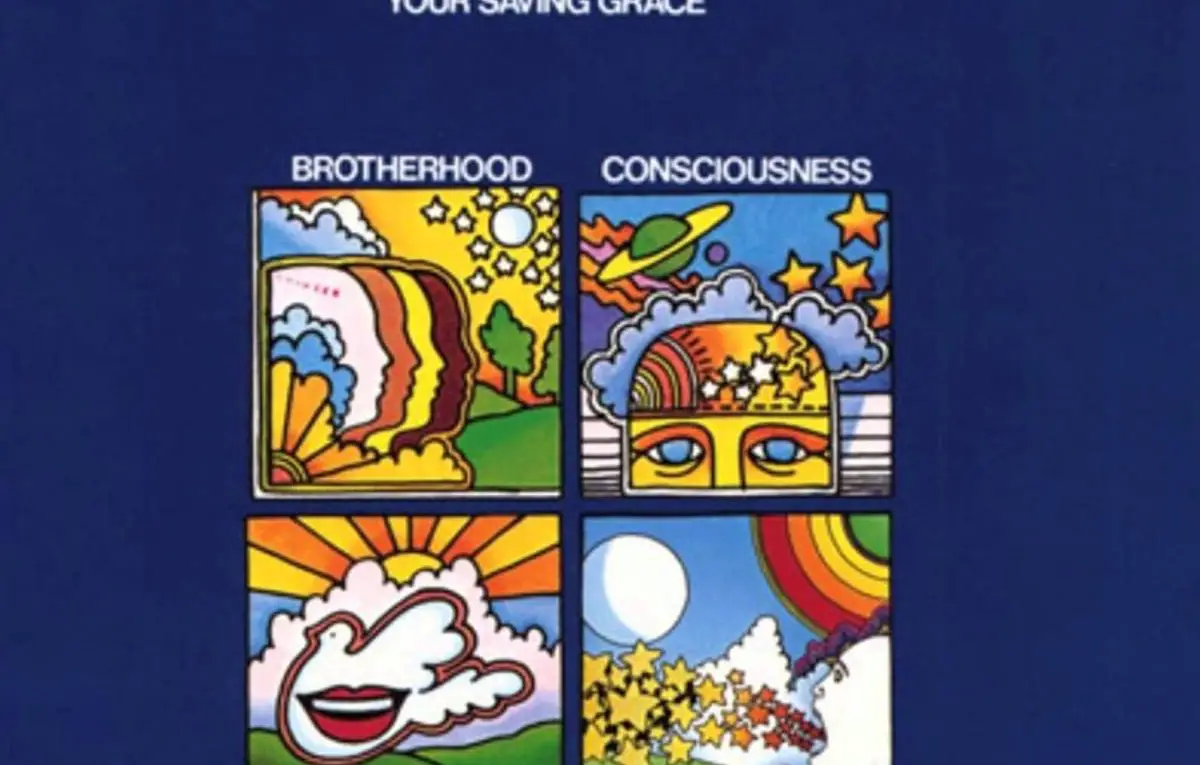Your Saving Grace Songs Ranked
Your Saving Grace is the fourth album by American rock band The Steve Miller Band, released in November 1969. In 2012, Edsel Records released a remastered version of the album. Your Saving Grace is a much more earthy collection of tunes when compared to the band’s previous three long-players. While there are distinct psychedelic remnants of the Boz Scaggs (guitar/vocals) and Jim Peterman (keyboards) era, the addition of keyboardists Ben Sidran and Nicky Hopkins — which began on the Steve Miller Band’s previous effort, Brave New World — adds a jazzier facet to this second incarnation of the group. Here are all of Your Saving Grace songs ranked.
Relive the music of one of the most notable rock and roll bands. Click below and listen to the songs of the Steve Miller Band.
8. The Last Wombat in Mecca
“”The Last Wombat In Mecca” brings things back to life slightly with bassist Lonnie Turner’s second volume in his combination of acoustic blues with psychedelic lyrical imagery. Sounding like it was recorded live in the studio in one take (listen to the studio chatter at the beginning), it is mindless fun if anything else, although maybe someone other than Steve could have handled the vocals (it was Lonnie’s song after all).”
7. Just a Passin’ Fancy in a Midnite Dream
“Just A Passin’ Fancy In A Midnite Dream” is a little inscrutable, but perhaps that can be attributed to the fact that it is co-written by Ben Sidran, who was more influenced by Van Morrison and Mose Allison, especially by their idiosyncratic songwriting styles. Maybe one can call this psychedelia without the phasers and Leslie cabinets, but that does not make the song any less hallucinogenic, if not as trippy as, say, the side one suite of CHILDREN OF THE FUTURE.”

6. Your Saving Grace
“It all closes out with the title track that comes from drummer Tim Davis, who tends to be the lowest-key member of the band in this time. After the slightly pedestrian “Can’t You Hear Your Daddy’s Heartbeat” on BRAVE NEW WORLD, Davis had improved as a writer to be allowed the title track on the band’s next album, and although it may be just me, I hear a small bit of Marvin Gaye’s “What’s Going On” in the arrangment of this sociopolitical song (or at least, the sound of what was to come).”
See more: Steve Miller Band Albums Ranked
5. Baby’s House
“Baby’s House” closes out side one with a 9-minute trip to dreamland that is again rather light on the psychedelics, but has enough of them in smaller doses to give the listener a relaxing, woozy feeling. Co-written by Nicky Hopkins, his fingerprints are all over this song with him inserting some subtle classical measures into his piano work.”

4. Motherless Children
“Motherless Children” is a return to traditional blues standards after an absence of them on BRAVE NEW WORLD. After 9 minutes of music that kept the listener occupied, the subsequent 6 minutes of near-flatlining stripped-down blues actually borders on the somnambulant.”
See more: Steve Miller Band Songs Ranked
3. Little Girl
“Little Girl” continues the tradition of Steve Miller album openers that could have made it as singles in a more perfect music world. Power pop had not been officially invented per se, but this song was as close to perfect both in melody and lyric as one could get.”

2. Don’t Let Nobody Turn You Around
“Don’t Let Nobody Turn You Around” is another song that could have helped get Steve some long overdue commercial attention, but it would take 5 more years of grunt work for that to happen. As for the song, it is his attempt at creating a Delta blues tune for the modern era, for it sounds like it is coming straight out of the South, but its subject (speaking out against racism and inequality) is one that still haunted the region & continues to this day.”
1. Feel So Glad
“Feel So Glad” is another blues- and jazz-soaked slow-burn with more excellent piano playing by Hopkins (a session musician who deserved to go headliner, if ever there was one). It is amazing that on this album the original material with a blues bent was more successful than the one that came straight from the source (an anonymous one).”

